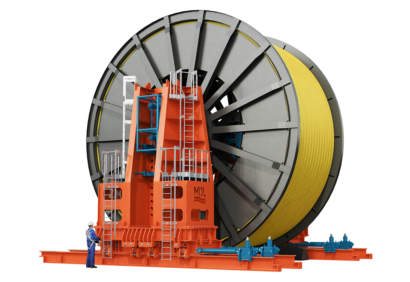The perfect home for your flexible

The variety of storage equipment available in the energy industry’s portfolio can cause a head spin to the uninitiated...
In one our previous blog posts Flexlay Myths: Redundant Reel Drives, we investigated the science behind Reel Drive Systems; in this issue, let’s take a step back to understand how storing flexible product on reels differs from other storage equipment - and to help you identify the best solution for your project.
First things first: the product
The reason for the different storage equipment options is the vast variety of products that they are housing: from hoses and cables to flexibles and coiled tubing, each product will have its own specification with requirements for correct handling.
One of the main characteristics dictating how they can be stored for a defined period of time - once out of the production facility - will be their Minimum Bend Radius - the MBR. This is defined by the manufacturer and is determined by both the internal and external composition of the flexibles. Another important consideration, particularly in submarine cables, is the allowable crush force the cable can withstand, which can determine the stacking height achievable with a cable in a basket carousel. With these two factors considered (amongst others), the volume and therefore dimensions of a storage device required can be determined.
Offshore wind is a hot topic just now, so let’s compare two very different flexibles that are both used in wind farm construction: mooring lines and submarine cables.
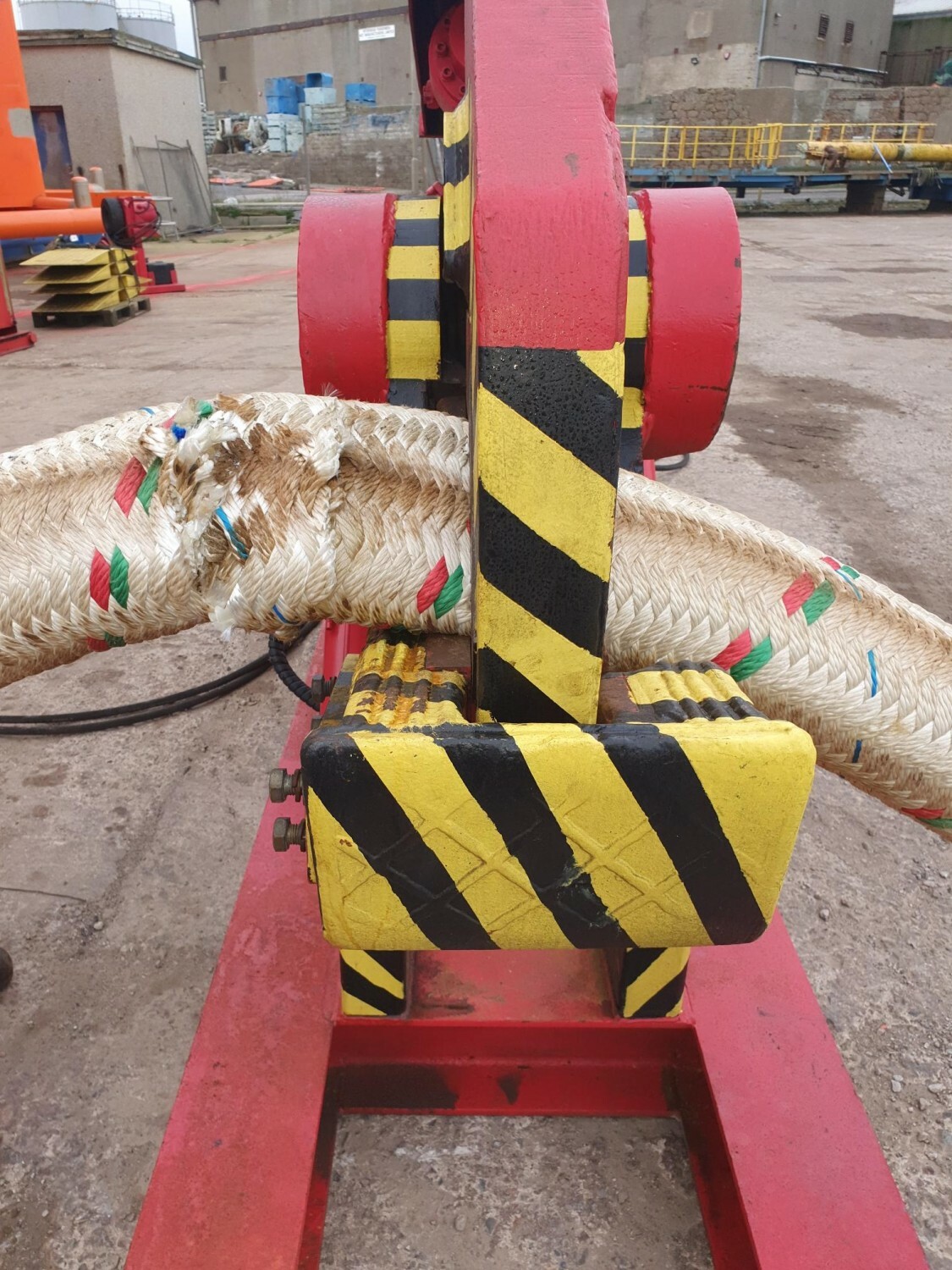
Mooring lines can be synthetic - commonly polyester where the yarns are braided or stranded together; or spiral strand wire rope (SSWR), where individual wires are wound around a central core wire in a helical pattern to form a strand. This means these flexibles have no core as such, but are instead a braid of nylons or wires spun around in a consistent fashion.
It would be a costly mistake to assume that because of this, the mooring lines do not require careful handling; in fact, they are prone to abrasion, while consistent spooling can be tricky without applying back tension.
Cables are a complex product in a different way. AC cables - the most commonly used in renewable projects to date - typically consist of multiple conductors, such as copper or aluminium wires, bundled together and insulated to ensure safety and prevent electrical leakage. The cables are wrapped in protective wire strand armouring to provide additional strength.
These delicate and valuable products require expert handling, taking into account factors such as allowable squeeze and tension loads, whilst also adhering to the permissible bending limits necessary for transportation and storage. Proper storage practices are crucial for preserving the quality and longevity of these products.
Baskets, carousels and reels. What’s the difference?
The above is a trio of popular options in the energy business across the sectors - each carrying their own pros and cons. Here are the key takeaways:
Baskets
These are a an affordable solution for flexibles - primarily because they offer a simple storage option. They are not motorised, and in some instances this is not an issue – a single armoured cable can be coiled into or out of the basked. However, for longer lengths or non-coilable products, in order to feed them in or out the basket needs to be rotated – and for that separate equipment is required.
For smaller baskets turntables can be used with adaptors fitting the basket pallet type - i.e. the bottom interface. Large baskets pose more of a challenge, requiring an engineered solution and a spread of equipment to relocate the basket or load / unload the flexible in a consistent way, without impacting its integrity during handling or due to improper long-term storage.

If you are a basket owner and need to put it in motion, we can help - we have experience in designing and delivering turntables and bespoke pallet solutions alike to clients globally.
Carousels
These are a more sophisticated storage solution than static baskets. Like their immobile counterparts, they also can be divided into multiple compartments so they can hold various products within. Additionally, they consist of a rotating platform which allows for efficient loading / unloading and storage of flexibles of a variety of sizes - diameters and lengths.
The large capacity is great for long single-length products without joints which are a highly time-consuming element on offshore installation scopes (requiring coupling during deployment in often harsh marine conditions). This would be the case with export cables on wind farms - here, single length without midline connections gives best chances of uninterrupted AC transmission to shore.
But, again, due to their size, carousels are difficult to relocate - and once they are loaded with product, they cannot be moved elsewhere.
Speaking of loading: while a carousel can rotate to facilitate packing, it still requires an ancillary system to feed the product in or out of its drum under tension. The options are: a quadrant suspended by a crane (exposed to weather impacts) or a loading tower, integrated with the carousel’s control system.
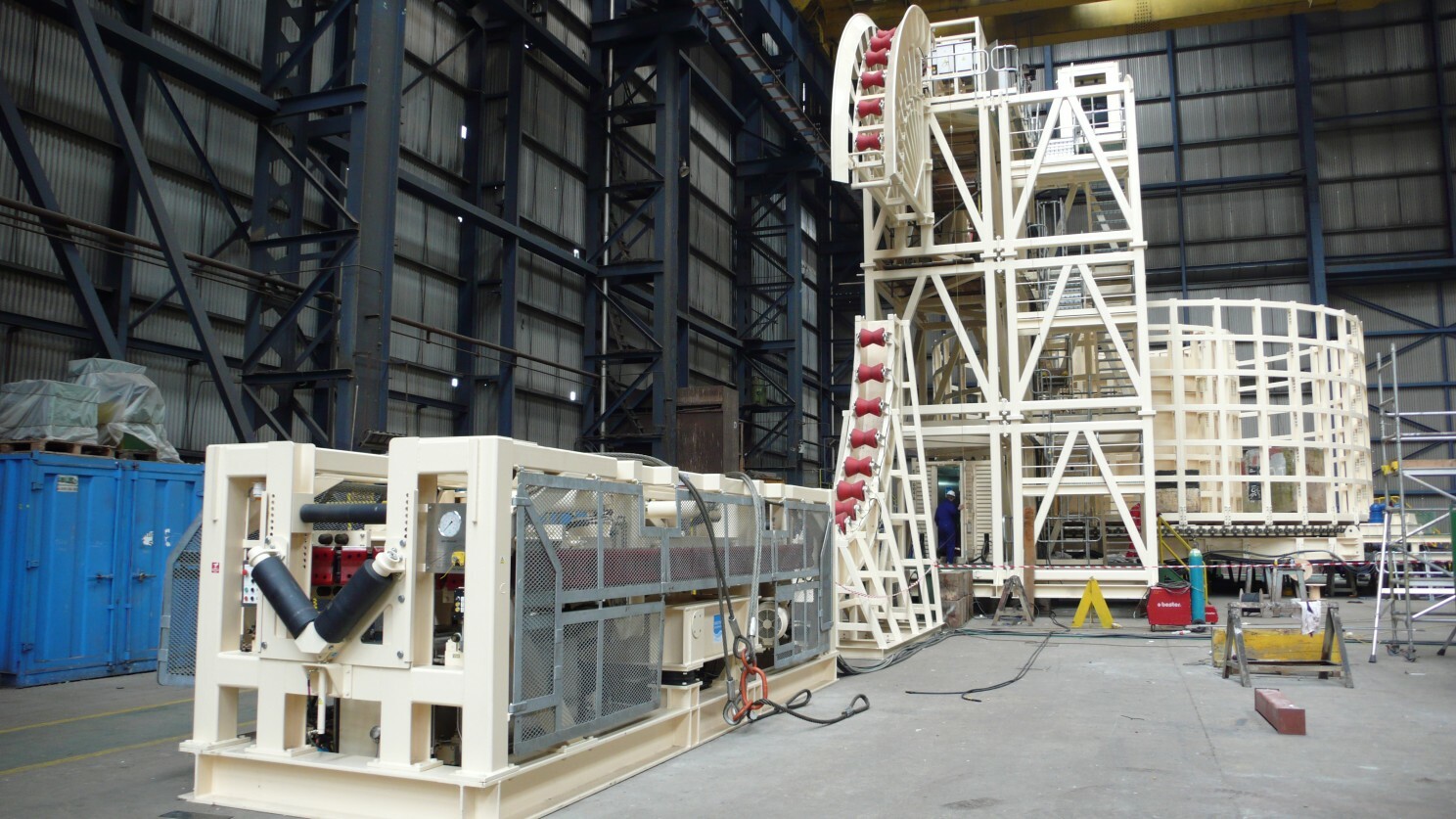
The latter is by far the safer and more efficient option ensuring coordinated operations less susceptible to environmental impacts requiring minimal crane use - and they can be quickly integrated with the carousel as and when required.
We delivered such a solution (pictured above) to an offshore wind client as far back as 2012: a package of two tensioners, one for handling the cable on the ground and another on top of a tower for feeding in and out of the carousel. The package was complete with a new control system which integrated all the equipment.
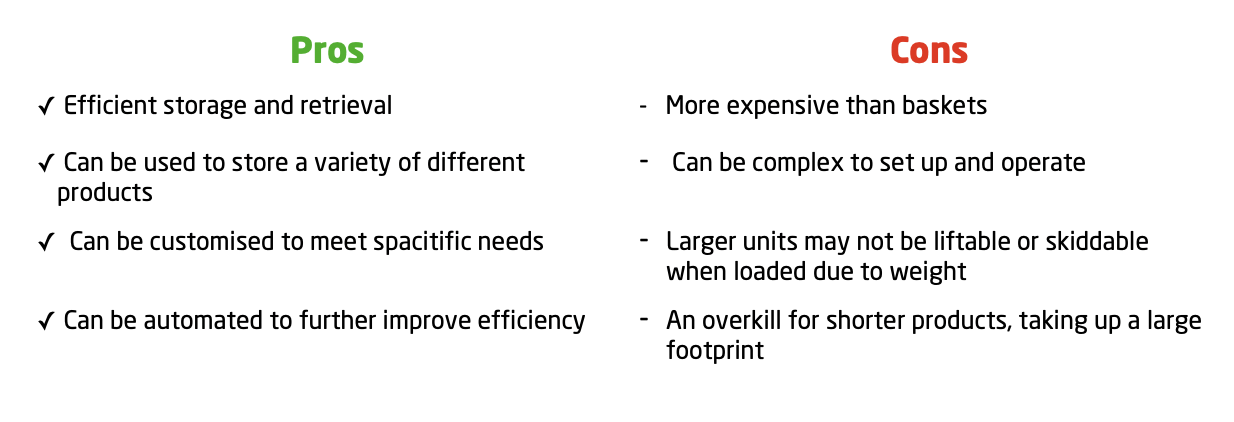
Carousels are a common sight at large spool bases - i.e. flexible manufacturing facilities - because they serve as safe and immediate storage for the freshly-made product. The complications may arise when the next campaign requiring long lengths of product is nowhere near the spool base…
That is exactly the challenge one of our clients was facing; and since We Build Innovation, our solution was the Land Based Load-Out System, encompassing multiple carousels as well as a bespoke high-capacity tensioner on an innovative loading tower: by enabling the bespoke tensioner to move both vertically and horizontally, the complete package maximises the storage capacity of the multiple carousels by ensuring optimal packing of the product.
The modular design of the loading equipment also means the spread can be efficiently set up in the most optimum location for handling the product from or onto a vessel.
Reels
Reels are the most common storage solution for flexible products in the energy sector. They are designed to hold large quantities of product in a compact and organised manner - but for that to be the case, the flexible needs to be “packed” correctly at the time of loading, with back tension applied (we explained that in our previous blog).
Like baskets, reels are not motorised and require handling equipment to spin them; however, due to the vertical spooling, they are more efficient to store side-by-side and also easier to access for inspection and maintenance. This orientation also offers better access to the end terminations, helping project teams to maximise their time onshore preparing the product for deployment in line with their chosen methodology, instead of making these adjustments during the costly offshore schedule (to find out more on this, you may want to visit our transpooling page).
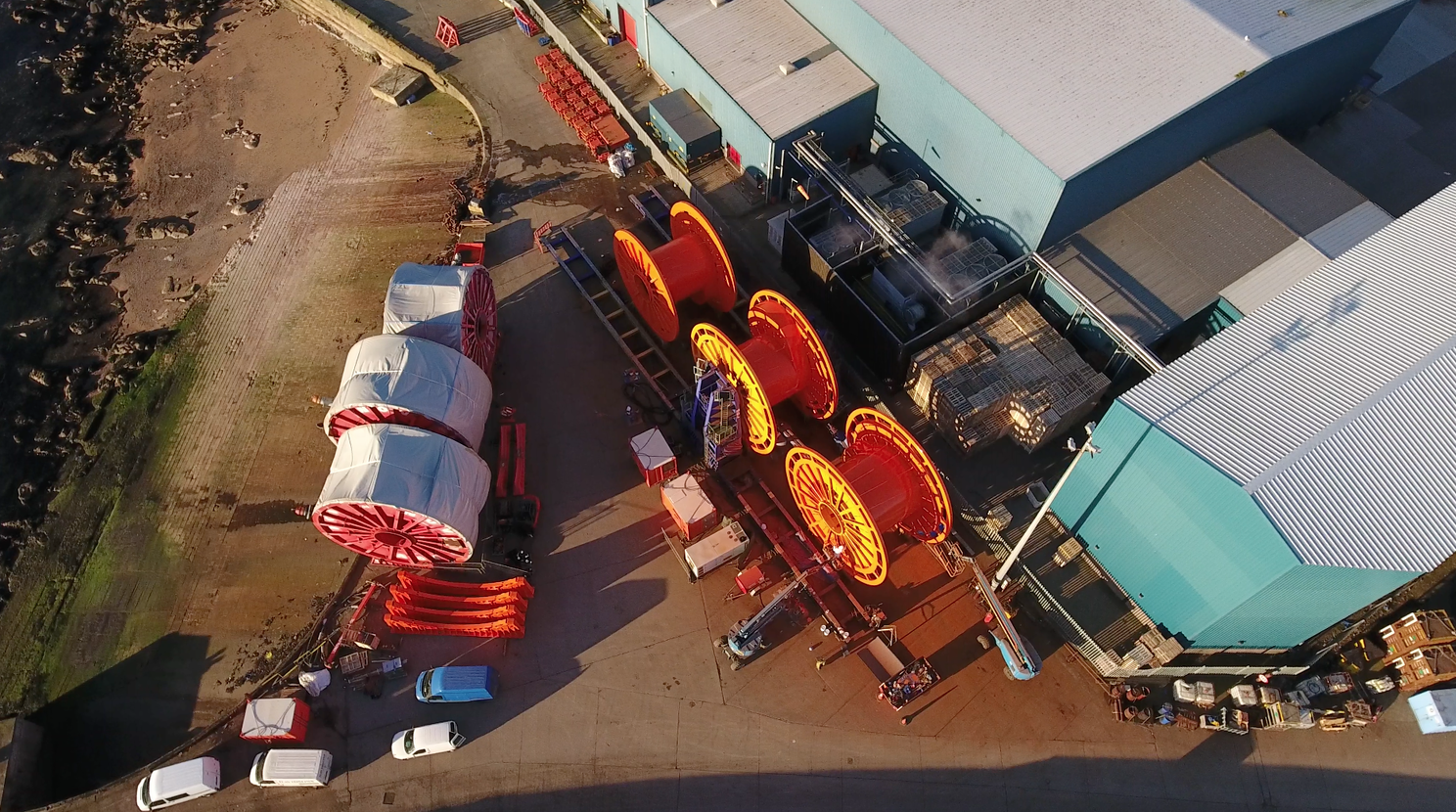
Understandably, they are limited in their storage capacity compared to a carousel, but still come in a wide range of diameters - most commonly from 5m for polyester rope and up to 12m for cables and SURF products. They also come in different widths to allow for less strenuous stacking by minimising the amount of layers the product is wrapped around itself.
And with a wide range of reel driving equipment available in the market that is not as weather-susceptible as other storage solutions requiring crane use, the spooling operations can be easily scheduled and executed, in the most time-efficient manner -including fast tracked, as was the case on this project for an umbilical manufacturer in England.
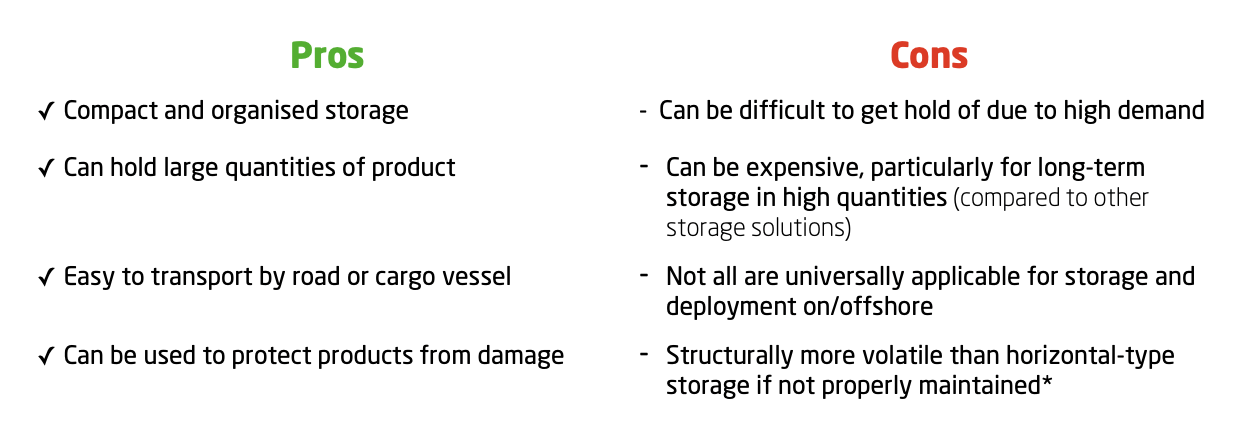
*This can be alleviated with regular inspection and preventive maintenance programme - speak to our AME team if you’d like to know more.
So, which storage solution is right for you?
The best storage solution for your flexible products will depend on your specific needs: are you looking for a temporary fix or a long-term home? Is it to reinforce your production facility or construction package?
To sum up the above review, consider the following:
• Type of product: Some products are better suited for storage in baskets, while others are better stored on carousels or reels. Consult the manufacturer.
• Quantity of product: If you need to store large quantities or lengths, you will need a more robust storage solution such as reels or a carousel.
• Budget: Baskets are the most affordable storage solution, while reels are the most efficient to relocate and deploy.
• Space: Baskets and carousels can be bulky, so consider the amount of space you have - and the lengths of product that need to be stored without sectioning.
• Handling requirements: If you need to be able to move the storage system around, you’ll need a portable solution. Consider your access to cranes and safe lifting loads.
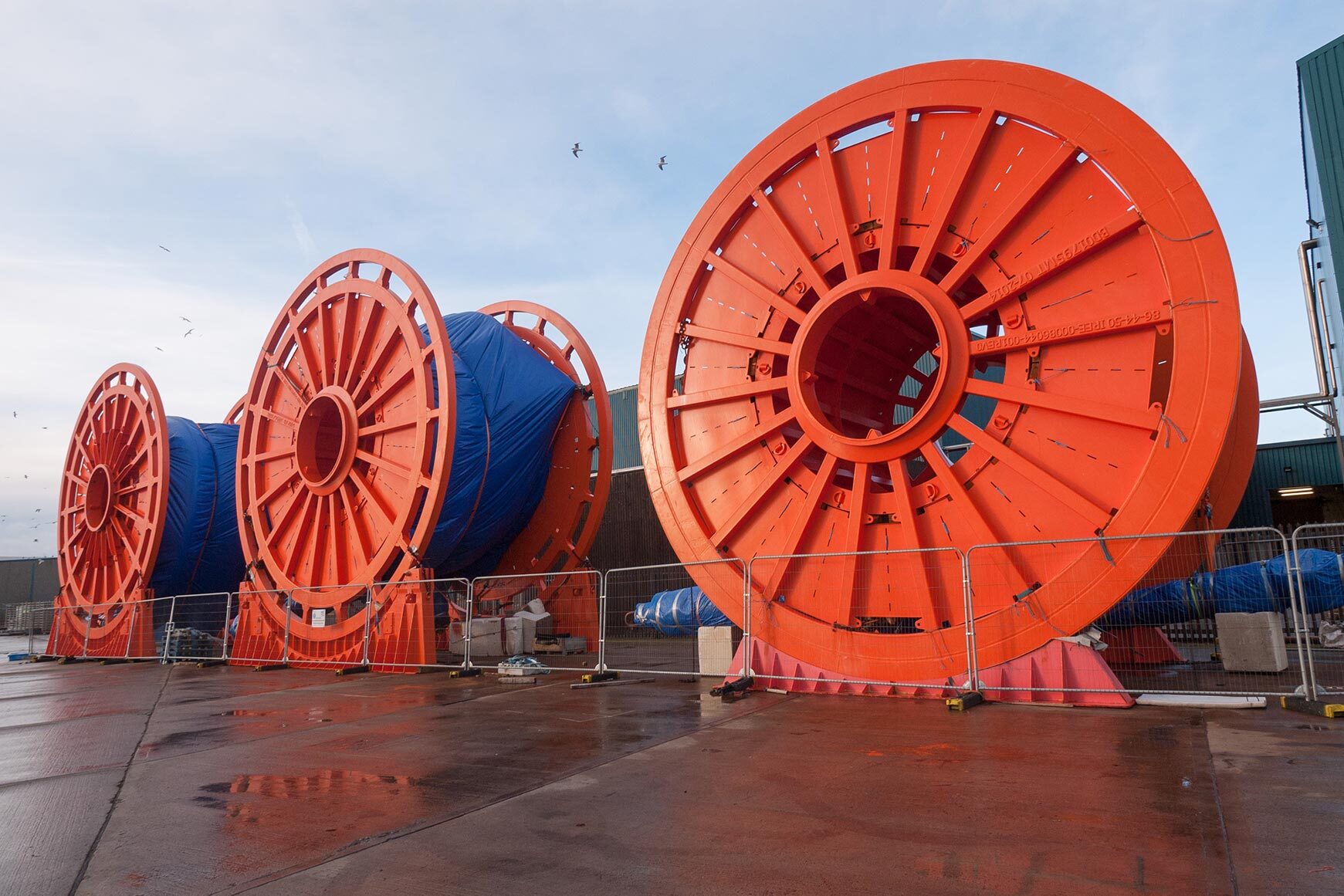
Besides the flexible characteristics that we covered at the start, there will be a range of factors driven by your business on which solution is best for you, including your budget, facilities and access to handling tools. As ever, your best bet is to talk to the people in the know.
At MDL, we have experience with all of the systems covered above - both from our service fleet perspective as well as design, manufacture or overhauls and upgrades.
- April 2024MDL supports Saipem on Greece INGS
- January 2024Preparation is key to a long life subsea
- January 2024Forward thinking with Holland
- January 2024Ensuring peak performance for FPSO and platform owners in 2024
- December 2023Reducing the risk of cable failures





